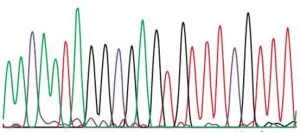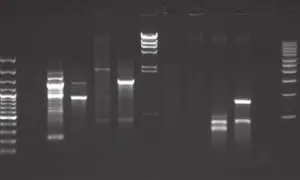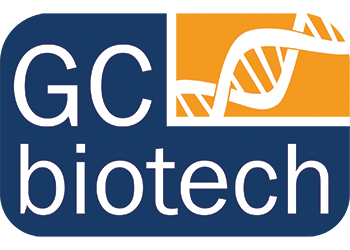Nucleic Acid Purification
The difference between Nucleic Acid Purification and Nucleic Acid Isolation
The terms Nucleic Acid Purification and Nucleic Acid Isolation are used interchangeably, but in fact are two different applications. Nucleic Acid Isolation is the process of extracting DNA and/or RNA from the cell. There are multiple methods that can be used for this process, and a few of these methods are described on the Nucleic Acid Isolation page.
Nucleic Acid Purification is the process to reduce or even eliminate the contamination from Nucleic Acid samples. There are two reasons to perform a Nucleic Acid Purification:
- When the isolated DNA and/or RNA needs to be purer
- When a specific molecular weight of DNA is necessary for downstream applications.
Nucleic Acid Purification is the process of specifically obtaining the desired molecule of interest, naturally the purity will be extremely high after this procedure.
Downstream applications
For which downstream applications is it important to perform a Nucleic Acid Purfication?
Next-generation sequencing (NGS)

Nucleic Acid Purification is a critical step for obtaining accurate NGS data. For output of better results, NGS requires the input of pure starting material. This is essential for NGS sample-preparation steps, such as NGS library generation and target enrichment. Contaminations like anticoagulants and enzymes in
the starting material can lead to artifacts, sequencing BIAS or even the need to redo the entire NGS run, wasting time and money.
Besides removing contaminants, a Nucleic Acid Purification step is also required to remove fragments of incorrect length. These Nucleic Acid fragments, being too long or too short, will interfere with downstream library preparation steps and will block the bridging of Nucleic Acid fragments during NGS significantly reducing the chip capacity, and therefor needs to be removed.
Read more about size selection in this application note[link naar cleanna app note]
Sanger sequencing

PCR Purification
Nucleic Acid Purification from a PCR reaction is necessary for downstream use, like cloning, sequencing and restriction analysis. It facilitates the removal of enzymes, nucleotides, primers and buffer components.
Gel Purification
Gel purification allows you to purify DNA fragments cutout from an agarose gel after separating the desired DNA fragment based on its size from the undesired DNA fragments. The Nucleic Acid Purification step is performed after cutting the DNA bands out of the agarose gel, to remove all gel fragments.


